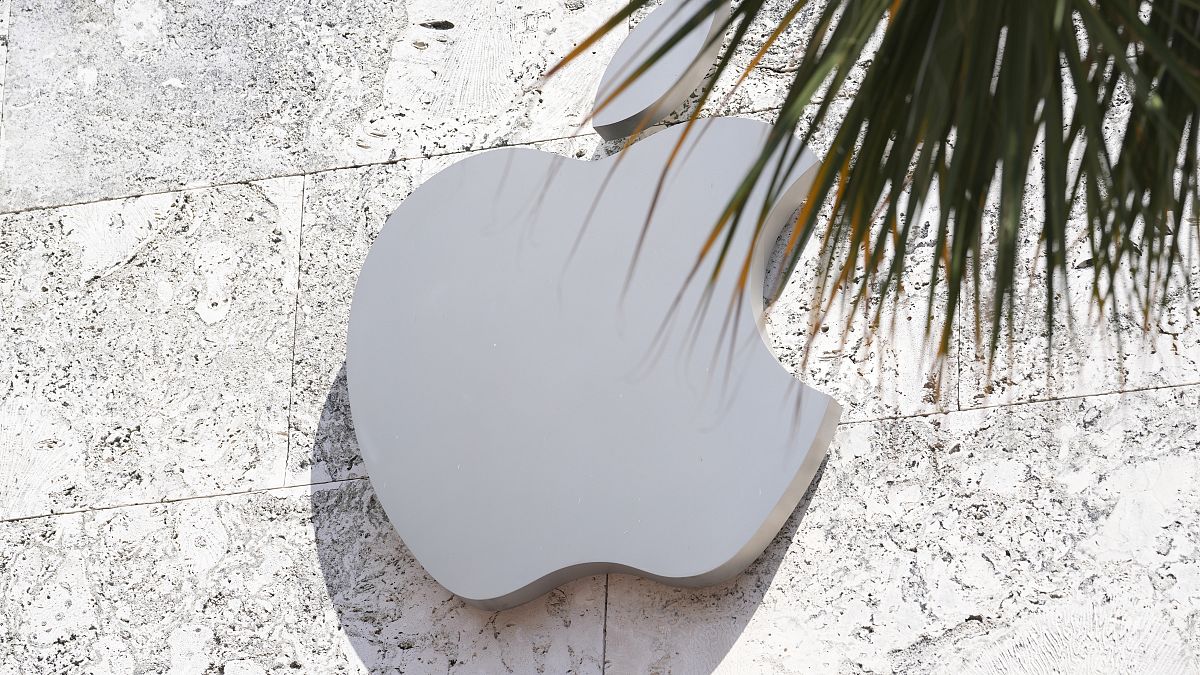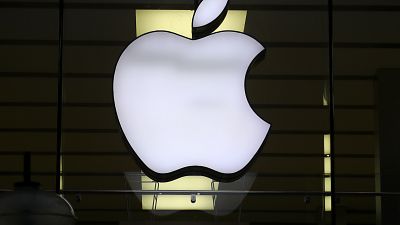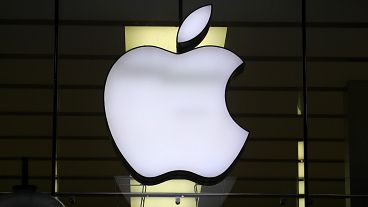Apple will disable blood-oxygen sensors on its watches sold in the US over a patent dispute.
Apple says it will disable a blood-oxygen monitoring feature on its two most popular watches in the US beginning on Thursday to comply with a court-ordered revival of a sales ban stemming from a patent dispute.
The decision to turn off the blood-oxygen sensor for consumers who buy either the Apple Watch Series 9 or Ultra 2 in the US came after a federal appeals court on Wednesday refused to extend an order that had allowed the watches to remain in stores during a battle over the rights to some of the technology.
A temporary stay issued by the US Court of Appeals three weeks ago had allowed the two watch models to return to stores in the US after Apple pulled them from shelves and websites just before Christmas as part of a long-running battle with medical technology company Masimo.
The US International Trade Commission in late October ruled a blood-oxygen sensor in the Apple Watch models infringed on Masimo's patents, a finding that Apple is trying to overturn in appeals court. But that process could take at least a year to unfold, forcing the Cupertino, California, company to find another way to keep its premium watches available in the US.
In a Monday court filing, Masimo disclosed Apple has won approval from the US Customs and Border Protection on revisions that would remove the blood-oxygen sensor from the watches.
Signalling Apple's confidence in winning the appeal of the ITC ruling, the Series 9 and Ultra 2 models sold in the US beginning on Thursday will still come with a Blood Oxygen icon, but when it's pressed, users will be greeted by a notice informing them the technology isn't available.
Those who have already purchased the Series 9 and Ultra 2 models in the US will still be able to use the blood-oxygen sensor as they have been. The sensor will continue to work on those watches purchased outside the US.
If Apple had opted to stop selling the Series 9 and Ultra 2 in the US, it threatened to put a small dent in the company’s annual sales of $383 billion (€351 .9 billion). Although the company doesn’t disclose the volume of Apple Watch sales, analysts estimate the product accounts for about $18 billion (€16.5 billion) in annual revenue.
Apple's lower-cost watch, called the SE, isn't affected by the changes caused by the battle with Masimo because that model has never had the blood oxygen feature. But that technology, which Apple introduced into its watch lineup in 2020, has been a key part of the company's effort to position the devices as life-saving tools to monitor users' health.
In court filings urging the appeals court to continue blocking the sales ban, Apple argued that enforcing the ITC's patent order would cause unnecessary harm to “a pioneering product made by a quintessentially American company that directly employs more than 90,000 employees" in the US.
Masimo argued that Apple won't be significantly harmed by the US sales ban of the Apple Watch models, given most of the company's revenue comes from the iPhone. What's more, Masimo sought to portray Apple as a corporate bully engaged in the brazen theft of intellectual property widely used in hospitals and by other health professionals who treat about 200 million patients annually.



